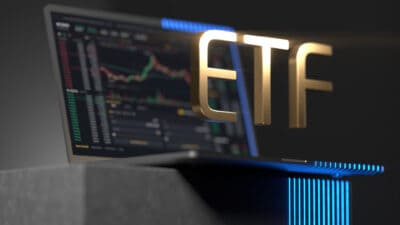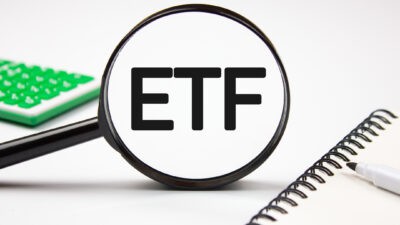How has the Vanguard Australian Shares High Yield ETF (ASX: VHY) done it?
As most of us would be aware, 2022 hasn't exactly been the kindest start to a year that ASX shares have faced. Since the dawn of the new year, the S&P/ASX 200 Index (ASX: XJO) is still down by roughly 5.1%. That's despite it gaining some ground since bottoming out on 27 January. Since then, the ASX 200 is up a solid 5.5%. But that's still not enough to drag it into positive territory for the year.
If the ASX 200 is down 5% year to date, then it's no surprise that index exchange-traded funds (ETFs) that track ASX shares are also down by similar amounts. The iShares Core S&P/ASX 200 ETF (ASX: IOZ) has lost 5.45% over 2022 so far. And the ASX's most popular ETF, the Vanguard Australian Shares Index ETF (ASX: VAS), has shed 5.1%. Bear in mind that VAS is an ASX 300 ETF, and not an ASX 200 fund.
But looking at the Vanguard Australian Shares High Yield ETF, we see something completely different. VHY units are actually in the green over 2022 to date. Yes, on current pricing, this ETF has recorded a gain of 1.35% for the year so far. That's an outperformance of more than 5% from the ASX 200 and the other ASX ETFs mentioned above.
So how has VHY done it? Let's dig in.
How has VHY beat out the ASX 200 and VAS in 2022 so far?
In order for VHY to get this vastly different outcome from other ASX ETFs, we have to look at its underlying constituents. As you might expect, VHY differs from an ASX 200 or ASX 300 ETF due to its preference for only selecting high-quality dividend shares. But perhaps the biggest difference is that VHY has a concentrated portfolio of 67 shares, far lower than the 200 or 300 shares you would find in an ASX 200 or ASX 300 ETF.
VAS, for example, had (as of 31 December) Commonwealth Bank of Australia (ASX: CBA) and CSL Limited (ASX: CSL) as its largest two holdings. Each company had a weighting of 7.84% and 6.33% respectively. Contrast that to VHY. Its largest holdings at the time were CBA and BHP Group Ltd (ASX: BHP). But the weightings for these holdings were 10.25% and 10.08% respectively.
VHY's next largest holdings were Wesfarmers Ltd (ASX: WES), followed by National Australia Bank Ltd (ASX: NAB), and Telstra Corporation Ltd (ASX: TLS), which also differ from VAS in their weightings.
VHY also has almost no exposure to tech shares like Block Inc (ASX: SQ2), Zip Co Ltd (ASX: Z1P), or WiseTech Global Ltd (ASX: WTC). These companies have borne the brunt of the market's weakness that we've seen in 2022 so far as investors turn away from growth shares in search of value. But since VHY didn't have any exposure to these companies in the first place, it has missed out on this weakness.
So it's likely that for these reasons VHY has been outperforming in 2022 so far. No doubt, income investors who hold this ETF would be very pleased with that outcome.
The Vanguard Australian Shares High Yield ETF charges a management fee of 0.25% per annum.









